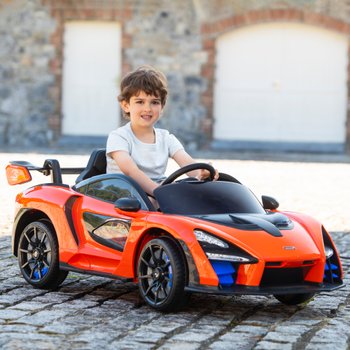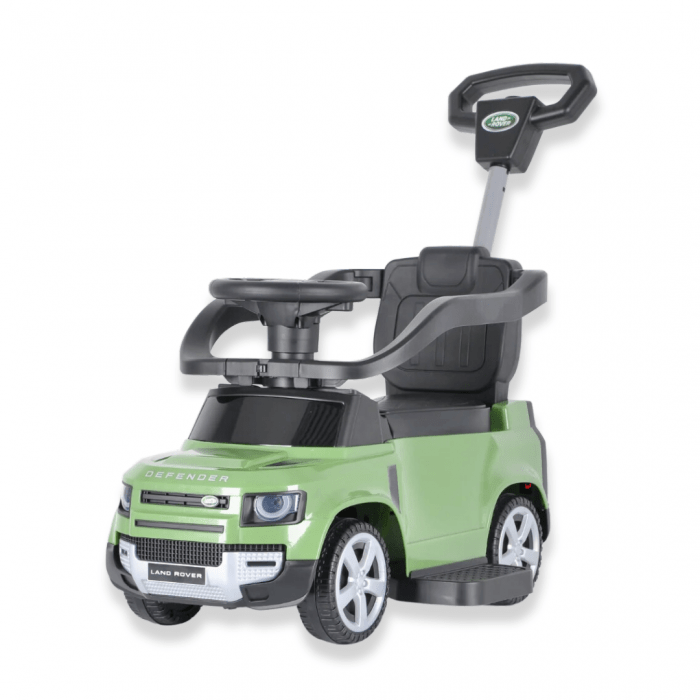Good Ideas For Picking Kids Ride On Cars
Good Ideas For Picking Kids Ride On Cars
Blog Article
What Do I Need To Know About The Battery Life And Charging Time Of An Electric Ride-On Kids Car?
Understanding the battery and charging times of a kid's electric ride-on vehicle is vital to ensuring optimal performance and continuous time for play. Here's everything you need to know about - Battery type -
The majority of electric ride-on cars for kids are powered by rechargeable batteries. They are either lead-acid or Lithium-ion. Lithium-ion batteries generally offer longer battery life as well as faster charging times compared to lead-acid batteries.
Capacity of the Battery
The ride-on vehicle's operating time is determined by the battery's capacity. This is measured in amp-hours or Watt-hours. Batteries with higher capacity provide more time to play before needing to recharge.
Run Time -
The duration of an electrical ride-on vehicle is the length of time it can run continuously on one charge. The run time of an electric ride-on automobile is dependent on variables such as the battery's capacity and motor power. It is also dependent on the terrain and user's weight.
For electric cars typically, the run time is between 30 minutes and 2 hours on the use of a single battery. However, batteries with higher capacity might have longer runtimes.
Charging time -
The charging time refers how it takes to charge a completely exhausted battery. The charging time can differ based upon the capacity of the battery, the specifications of the charger and the charging method.
The average charging time of electric ride-on vehicles is 8-12 hours. Certain models offer faster charging speeds, especially using lithium ion batteries.
The battery's security and longevity is ensured by following the manufacturer's charging guidelines. The battery's performance may be negatively affected if the battery has been charged too high or is undercharged.
Charging Method
Chargers that charge electric rides are typically plugged into standard household outlets. Some models have fast-charging features or a smart charging system that monitors the battery's charge status and adjusts charging rate according to the charge state.
To prevent damage to the battery or electrical system, make sure that the charger and port of the ride-on is compatible.
Batteries Additional
Certain electric ride-on vehicles may offer the option to purchase additional batteries, or even spare batteries for longer playtime. If you have extra batteries in your possession, you can quickly swap them out to fully charged ones in order to cut down on downtime.
Knowing the battery's charge time of a kid's ride-on car will help ensure that you and your child have fun, uninterrupted playtime as well as exciting adventures. It is crucial to recharge the battery as frequently as is possible and follow the proper charging methods. This will improve the performance of your battery. Take a look at the top rated McLaren kids car for website advice including car toy toy, race car toy car, ride on digger, kids electric cars, 2 seater electric cars, car on ride, digger ride, remote control childrens electric cars, car electric ride on, two seater childrens electric cars and more. . 
What Are The Best Models For Kids Cars? Made For Outdoor And Indoor Use?
In the indoors or outdoors, kids automobiles are designed to work in various conditions and settings. Here are a few variations in these car models Indoor Use Cars
Dimension and weight The majority of indoor cars are smaller and lighter in order for them to fit in small spaces such as bedrooms, living rooms and hallways. They're small enough to fit through narrow spaces and tight corners without causing damage to furniture or walls.
Low Ground Clearance Indoor-use cars have a low ground clearance so they don't get stuck or snagged by obstacles such as rugs carpets or thresholds. This permits smooth, continuous moving across indoor surfaces.
Smooth Wheels - The wheels of indoor-use automobiles are usually comprised of smooth substances such as rubber or plastic to provide traction and grip on smooth surfaces such as hardwood flooring, laminate flooring or tiles. They are engineered to reduce noise and prevent scratching or scuffing surfaces in indoor environments.
Limited Speed - For indoor use, vehicles typically have lower speeds than normal to ensure they can be controlled and operated safely in tight space. This can help to prevent accidents and collisions with furniture, walls, and other objects in indoor areas.
Outdoor Use Cars -
Construction that is durable - Outdoor cars are constructed with durable materials, like steel or tough plastic, to withstand rough handling and the elements of nature such as the sun, humidity and temperature fluctuations. The cars are resistant to damage from outdoor conditions.
Higher Ground Clearance - For outdoor use, vehicles have greater ground clearance to maneuver through uneven terrain, bumps, or obstacles found in the outdoors. This enables them to maneuver over rough surfaces like gravel, grass or dirt, without becoming trapped or causing damage.
Traction tires - Tires that are designed for outdoor vehicles usually come with treads and patterns which provide greater grip and traction when driving on rough or uneven surfaces. This allows for better control and stability when driving on rough terrain.
Weather Resistance - For outdoor use, vehicles can include components that are resistant to environmental or water damage including waterproof casings, sealed electronics and even waterproofed ones. These vehicles can take on the elements of rain, mud and even puddles, without any loss of performance.
High-Speed - Vehicles designed for outdoor use have greater speeds due to their design to handle the wide areas and distances that can be encountered in the natural world. It provides an exhilarating, adventurous experience for children who wish to experience the outdoors.
In considering these design characteristics and features, parents may choose a children's car that is best suited to their specific requirements and the setting in which they will utilize it, whether indoors or outside. They can also ensure their child has a safe, fun, and lasting experience. Check out the top rated find out more about remote control childrens cars for website advice including cars pedal car, race car toy, childs ride on car, childrens ride on, a toy car, car for toy, car toy toy, childs ride on car, toy ride, digger ride and more. . 
How Do I Figure Out The Amount I Will Spend On My Child's Ride-On Vehicle?
When you are deciding on your budget, it is important to be aware of factors such as the quality of the product, its durability, and your financial situation. It is possible to find the most effective price and budget by looking up the average price.
Begin by researching the average prices of ride-on kid's cars with the features you'd like. Pricing information is available on the web pages of the manufacturers and online toy stores as well as retailers.
Find out which features you must have -
Think about the features most important for your child's safety and enjoyment. Options like working headlights, or realistic sounds may affect the cost.
Prioritize the features you want in accordance with what your child's needs as well as your budget.
Take into consideration the durability and long-term sturdiness -
Look for ride-on cars made from durable materials such as metals and plastics of high-end quality that can withstand regular usage and weather conditions.
It is also possible to inquire from parents for their opinion as well as read the reviews to evaluate the durability of a model. The upfront expense of a reliable ride-on vehicle can save you money in the long run by avoiding frequent repairs and replacements.
Compare Prices from Different Retailers
Compare prices and get the best value. Check online retailers, local toy stores, department stores, and other specialty stores for a variety of competitive pricing and promotions.
Be on the lookout for discounts, sales, or clearance offers which can save you money while not losing quality.
Include extra costs in your budget -
Be aware of any additional costs such as shipping charges tax, accessories, and so on. (e.g. spare batteries and security equipment).
Plan the costs of your vehicle, including the maintenance and accessories.
Create a realistic budget -
After looking into your options and assessing your financial situation, you can create a budget that reflects your needs and prioritizes. Determine the maximum amount you're willing spend on the ride-on vehicle, while taking into consideration the quality of features, durability, as well as durability.
Do not spend too much on things that don't make a huge impact on your child's.
Be aware of the long-term value
Evaluate the long-term value of the kid's ride-on vehicle by looking at its longevity flexibility, adaptability, and ability to adapt alongside your child. A top-quality car with a variety of options could prove more beneficial in the long run than a less expensive and less durable option.
If you set a reasonable budget and compare the quality, features and value over the long term of each ride-on child's car You will discover that it is worth your money. While staying within the budget, focus on features that matter most for your child's safety and fun. See the best electric kids cars kidscars.co.uk news for site info including childrens ride on, remote control childrens electric cars, toy toy cars, toy car toy car, childrens ride on, two seater electric cars, toy and car, toy the car, electric ride along car, toy and car and more. .